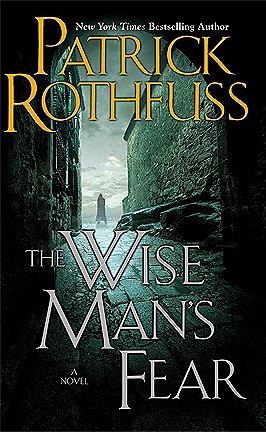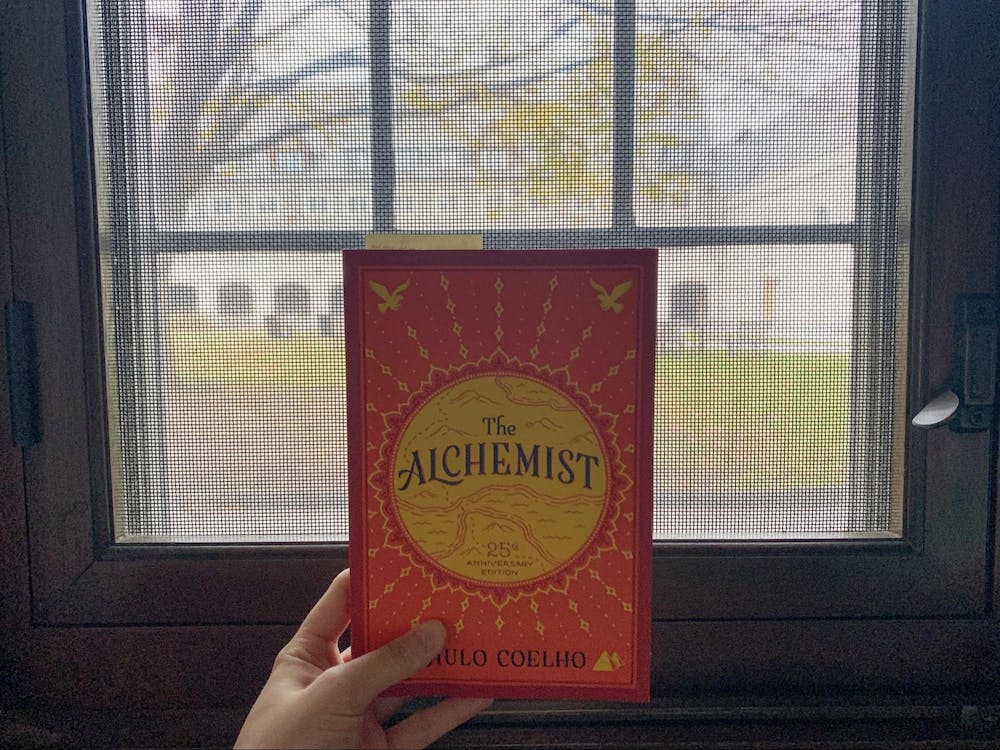
The Wise Man’s Fear is the second book in Patrick Rothfuss’s amazing fantasy series The Kingkiller Chronicle. If you loved the first book, The Name of the Wind, you’ll definitely want to read this one too. But is it as good as the first one? Let me share my thoughts on this second book.
The second book, The Wise Man’s Fear, starts right where the first book, The Name of the Wind, ended. Kvothe is still telling his life story to Chronicler. In this book, Kvothe decides to leave the University to explore new things. We get to join Kvothe on an exciting journey to different countries, where he faces many challenges and meets interesting people. Throughout the book, Kvothe is still trying to learn more, become stronger, and understand the world better.
In The Wise Man’s Fear, he builds on the world we saw in the first book. He shows us more about the different cultures, politics, and magic in the Four Corners of the world. We get to visit busy cities like Imre and even the mysterious and risky Fae realm. Rothfuss makes the world so real and exciting that it’s fun to dive into and explore.
In this second book, Kvothe continues to be a very interesting and layered character. We watch him learn and become more mature, but he also messes up sometimes and has to deal with the results of his choices. His relationships with other people, like Denna, get more detailed, which makes the story richer and more interesting. Some people might think Kvothe is too good at everything, but Rothfuss shows us that he’s not perfect and has his own weaknesses and problems, which makes him more real and relatable.
Rothfuss pays a lot of attention to small details and tells complex stories really well. But some readers might feel that the story doesn’t always move quickly because it spends time on different side stories and details. Even with this, the great storytelling and interesting characters make it easy to forget about the slower parts.
The book talks about important topics like love, losing things or people, gaining power, and facing the results of what you do. Rothfuss looks at these ideas in a detailed and thoughtful way. This makes the story more than just an exciting adventure; it also makes us think about what it means to be human and how we deal with these big ideas.
Some people have had issues with The Wise Man’s Fear, especially when it comes to how it shows female characters and different cultures. Some readers think that women, like Denna, are not shown as full, real characters and are only there to move the story along or fit certain stereotypes. Also, some people have felt that the way non-Western cultures are portrayed in the book is not accurate or respectful.
Overall, The Wise Man’s Fear is a good follow-up to The Name of the Wind, building on the world and characters we already know. It’s not flawless, but it offers a deep and exciting story that will make readers excited for the next book.
If you love epic fantasy stories, you should definitely read The Wise Man’s Fear. Rothfuss’s skill in storytelling and his talent for creating a detailed and interesting world make this book a standout in the genre. However, it’s important to read it with a thoughtful and questioning mindset, as it does have some issues.
The Wise Man’s Fear might not be perfect, but it’s a captivating and absorbing book that will leave a strong impression on anyone who reads it.


